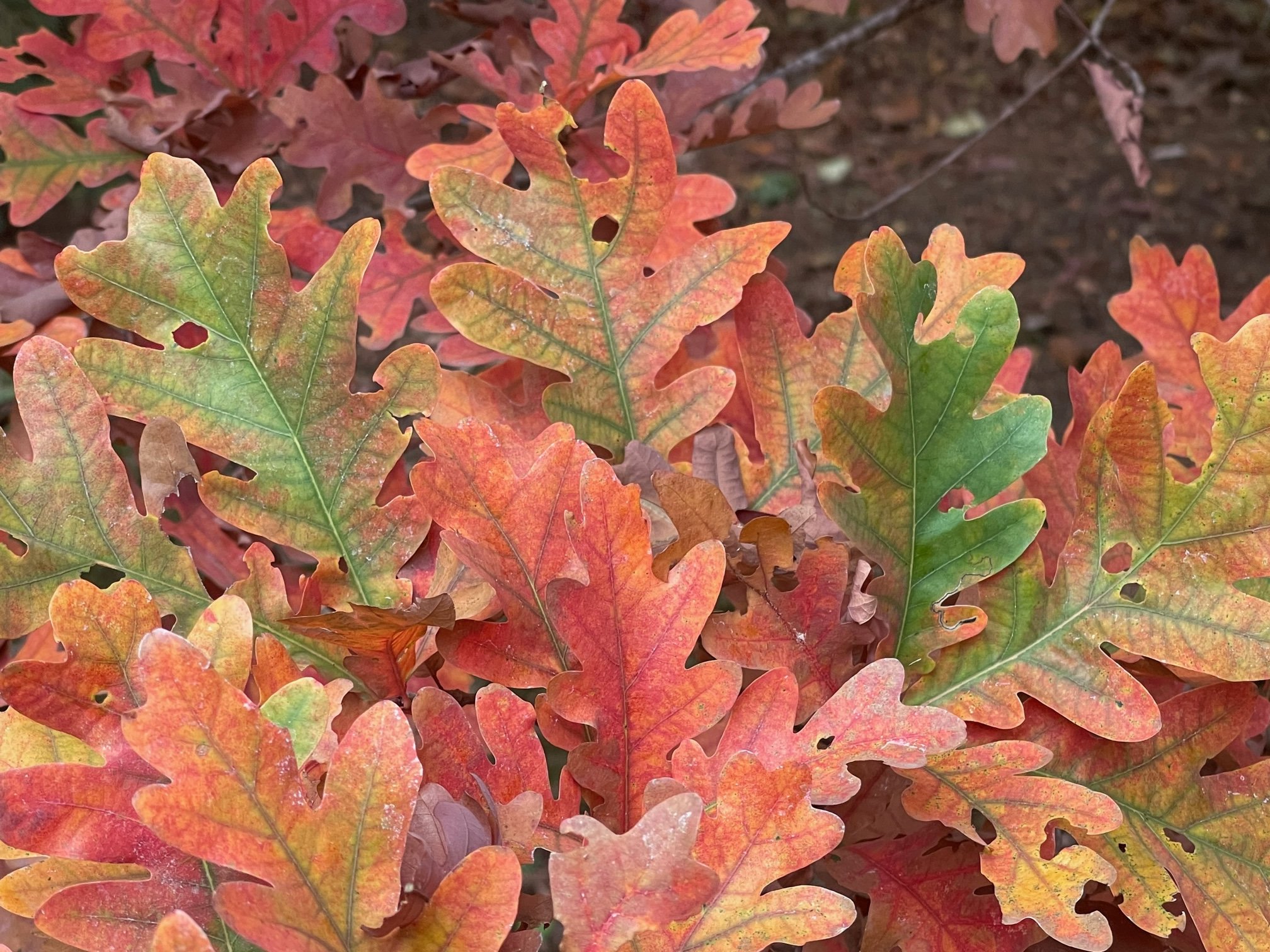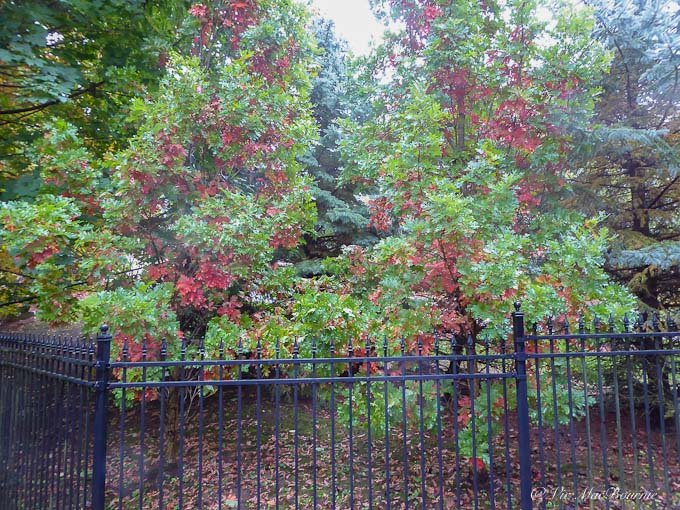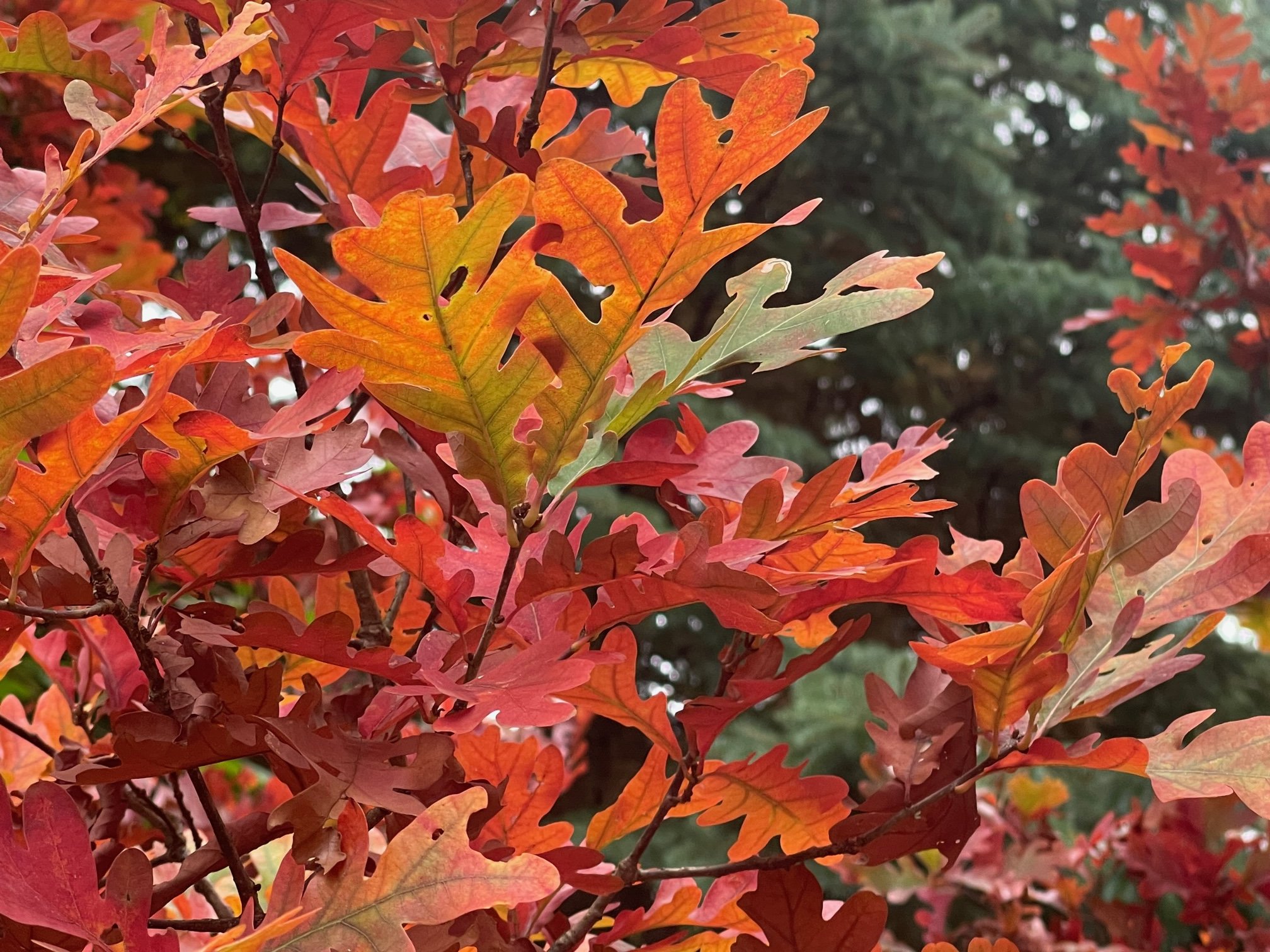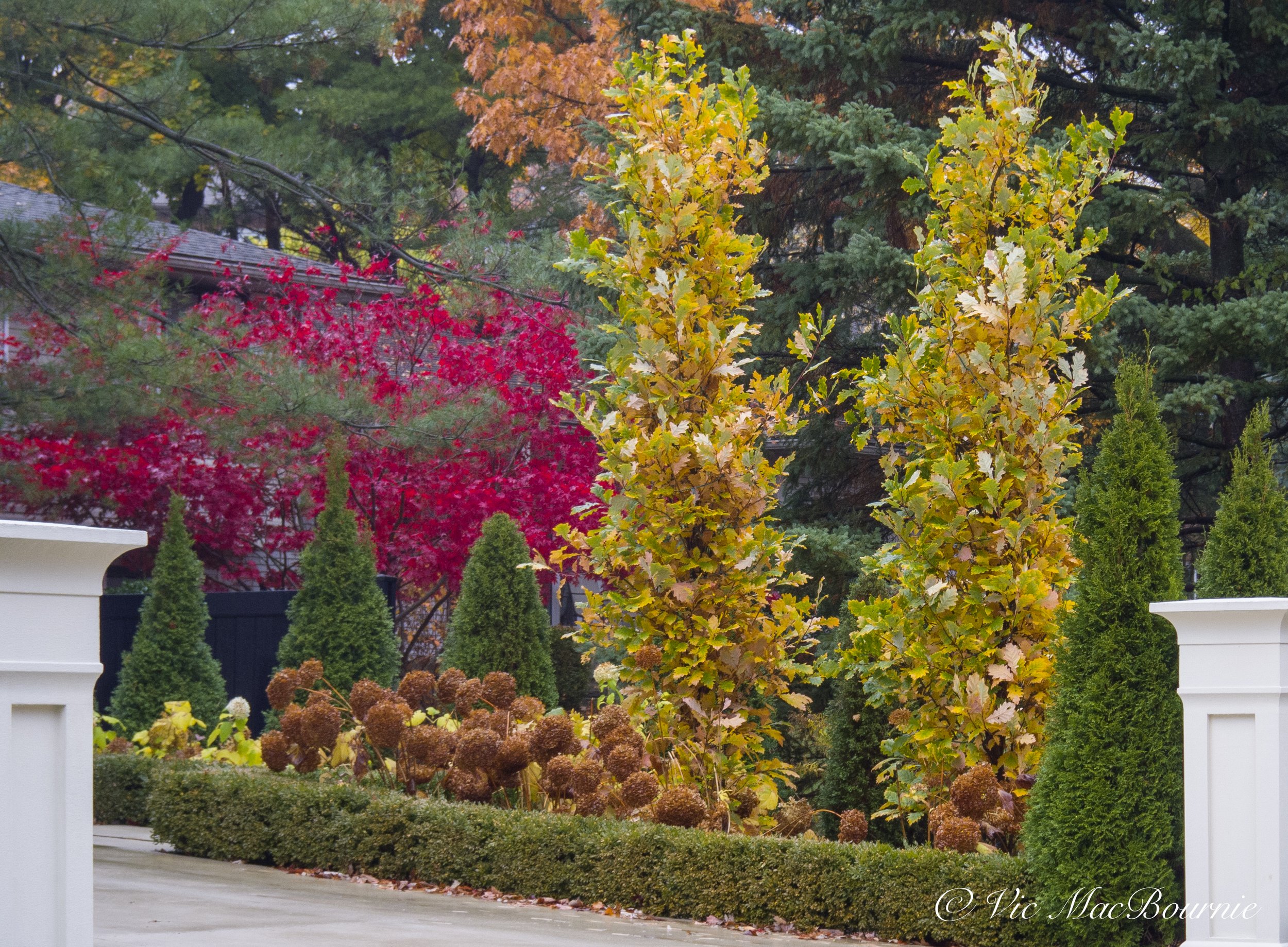Columnar Oak: Keystone plant perfect for today’s small yards
Columnar Oaks are the ideal compromise for today’s smaller front and backyards that might be overwhelmed by massive, native Red and White oaks.
Oak trees are critical to the survival of insects, birds and other fauna
It’s no secret how important Oak trees are for a healthy, natural environment, but not everyone has space in their yard to dedicate to such massive trees.
That’s where the columnar oaks (Quercus robur ‘Fastigiata’) come into their own. These trees are smaller, more narrow and able to fit into the smallest of yards, but still pack many of the benefits that our full-size, native oaks provide.
Columnar oaks or English Oak is an Asian and European native tree. It prefers average well-drained soils in full sun, but adapts to a wide range of soil types and conditions.
These oaks can take 20-30 years before they can bear acorns – an important food source for many mammals. In the wild, it is found in northern USA and Canada.
Five reasons to plant a columnar oak tree
They are a perfect tree for small, narrow spaces in both front and backyards.
They can be used to screen out views, even on second storeys, when ground space is limited. Their branches grow low to the ground providing screening from the ground up.
Oaks are attractive to wildlife and considered a vital food source for birds as well as insects and caterpillars.
Columnar oaks are low-maintenance, trees that can withstand drought, salt and other urban issues that can stress out other, less vigorous trees.
Columnar oaks actually boast four season interest from the dark green leaves of summer, to the rusty/brown leaves of fall and beige leaves that cling to the branches throughout winter.
‘Fastigiata’ or Upright English Oak is an upright, columnar, deciduous tree that matures into a dense elongated oval shape with a short trunk. They can work as a landscape specimen or in a group to form a very tall privacy hedge.
If you are trying to decide whether or not to plant an Oak tree in your yard, The Nature of Oaks will certainly help you make that decision. This valuable book highlights the incredible benefits of these important trees.
They do best planted in full sun in well-drained acidic or slightly alkaline soil. If you live near the ocean or plant it in an area that is heavily salted in winter, these trees can continue to perform well. As an added bonus, especially during these times of climate change, the columnar oaks are also drought tolerant and can survive in more severe urban conditions. (For more on problems faced by urban trees see my articles on The Internet of Nature or How Trees Communicate.)
For more on the importance of oak trees in our garden and natural landscapes take a few moments to check out my other posts on Oak trees:
Propagation for the Columnar Oak is from seed, but don’t be surprised if the seed doesn’t always grow true.
What are the benefits of oak trees?
Doug Tallamy, renowned entomologist, advocate for native gardening and author of the book Bringing Nature Home, and the Nature of Oaks as well as a number of other highly acclaimed books on the subject, calls oak trees a “keystone plant” in our environment. This rating goes only to a select few native plants that provide food and habitat for an enormous number of insects, caterpillars and fauna that, in turn, are critical as a food source for birds and other wildlife.
In fact, oaks top the list of Tallamy’s “keystone plants.”
Tallamy cites a 2003 study that found a “single white oak tree can provide food and shelter for as many as 22 species of tiny leaf-tying and leaf folding caterpillars.” And that is just a tiny fraction of the fauna that depend on a single oak tree. In fact, the mighty oak supports 534 species of fauna, more than any other tree we can plant in our gardens.
There are about 400 species of Oak worldwide. North America boasts 90 different species with 75-80 in the United States and 10 in Canada.
Unfortunately, the emergence of smaller and smaller lots in today’s subdivisions makes planting a full-size white or red oak tree difficult for most homeowners. Although the trees are relatively slow growers and beautiful specimens in the landscape, they eventually grow to become massive trees that, if not planted with plenty of room to grow around them, might have to be removed or, at the very least, severely pruned as they mature.
How to use Columnar oaks in the landscape
This is where the columnar oak comes into its own. These trees grow tall (up to about 60 feet (18 m), but the spread is only about 15 feet (4.5m) making them the perfect tree to tuck into a narrow space say along a driveway or in a corner of the yard to provide privacy.
Our neighbour actually uses a trio of columnar oaks grouped together anchoring two blue spruce trees to provide privacy. In this instance, these trees perform more like a dense, high hedge. The combination can be stunning at different times of the year, but especially in fall when the oak leaves begin to turn a rusty brownish/red while the remaining leaves hold on to their dark green leaves into the late fall and even into winter. In the dead of winter, many of the leaves remain on the plant, not falling off until the new spring growth pushes them to the ground.
In a perfect example of a shared landscape, we benefit from the trees’ architectural interest and, most importantly, their environmental benefits as a food source for so many woodland and backyard birds. The grouping of trees provide the perfect safe habitat for a variety of song birds looking for dense cover among the deciduous oaks and the evergreen branches of the blue spruce.
Can columnar oaks be used as a privacy hedge?
Another neighbour on the street has used three of the trees down the edge of their driveway to form a narrow, but very tall and effective screen. Again, the result is a dense, natural screen that is attractive to birds throughout the summer, including winter where the remaining leaves provide a safe escape out of the cold wind and an effective roosting spot.
These columnar trees may not provide all of the benefits of our native oaks, but they are far superior to many other non-native trees that offer little to no benefits to birds and other wildlife.
If you are interested in planting one of these trees, there are a number hybridized columnar oaks available for homeowners. A search on a high-end plant nursery near me shows a total of seven varieties available.
These hybridized columnar oaks include the following: Green Pillar Pin Oak (Quercus Palustris Pringreen), Crimson Spire English Oak (Quercus Robur Crimschmidt), Pyramidal English Oak (Quercus Robur Fastigiata), Skyrocket English Oak, Kindrid Spirit Oak, Chimney Rire Hybrid Oak, Regal Prince Pyramidal Oak.
You can check out these columnar oaks, including access to detailed information on growth habits, by going to Connon Nurseries’ informative website or a website of a nursery in your location.






